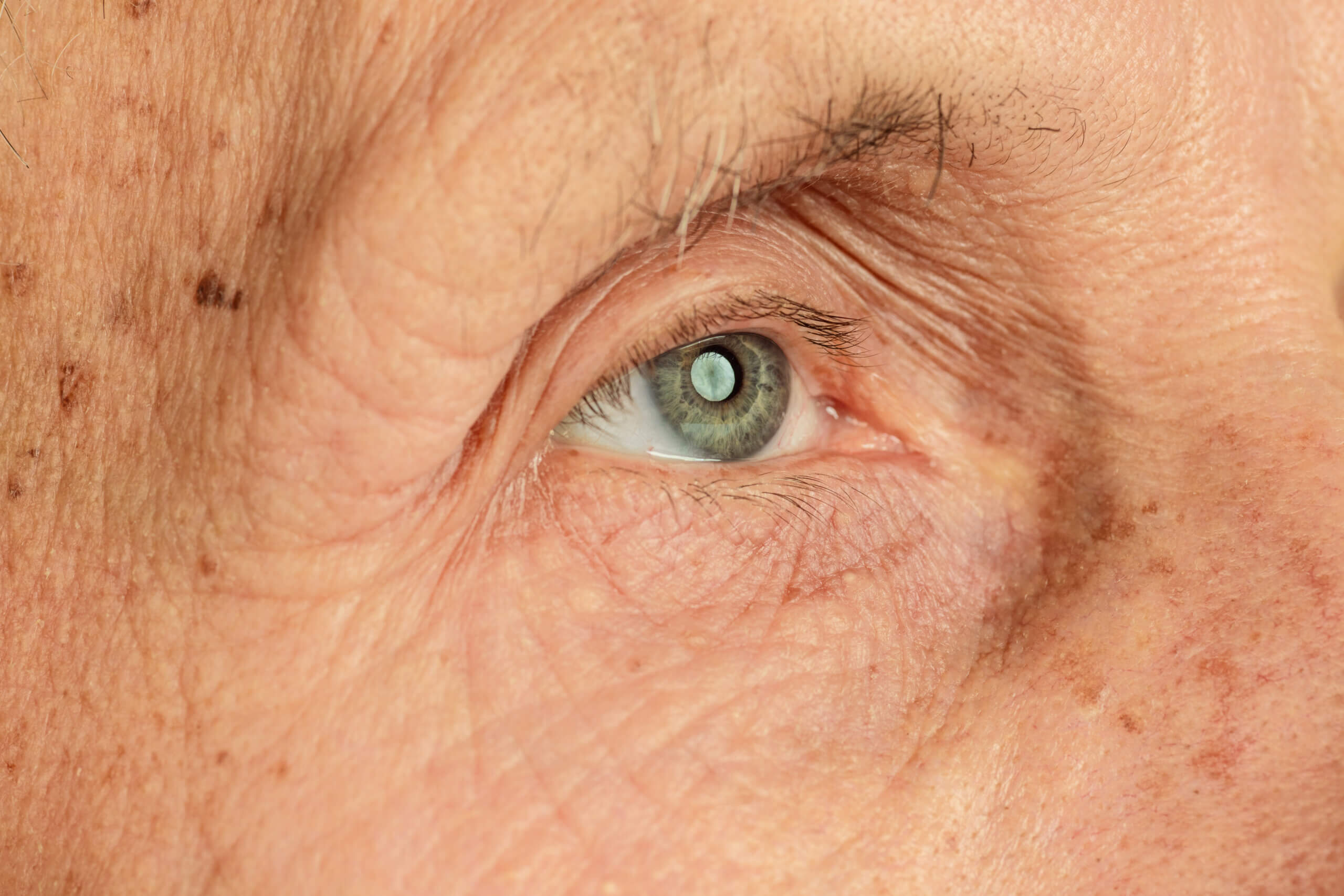Cataracts, a common eye condition, particularly prevalent among the elderly, affect the clarity of the eye lens. This article aims to provide a detailed overview of cataracts, its causes, symptoms, types, and potential treatments.

Table of Contents
What Is a Cataract?
A cataract refers to a clouding of the eye lens, which is typically clear. This condition can be likened to peering through a frosty or fogged-up window. The compromised vision due to cataracts can make daily activities, like reading or driving at night, more challenging.
Symptoms of Cataracts
The symptoms of cataracts often develop slowly and may not disturb eyesight initially. The following are some common symptoms of cataracts:
- Clouded, blurred or dim vision
- Trouble seeing at night
- Sensitivity to light and glare
- Seeing “halos” around lights
- Frequent changes in eyeglass or contact lens prescription
- Double vision in one eye
When Should You Seek Medical Attention?
It is important to consult with a healthcare professional if you begin to notice changes in your vision. This includes sudden vision changes like double vision, flashes of light, sudden eye pain, or a sudden headache.
Causes of Cataracts
Cataracts often develop as a result of aging, when changes in the tissue that makes up the eye’s lens occur. Proteins and fibers in the lens begin to break down, causing the vision to become hazy or cloudy. Some other potential causes include:
- Genetic disorders
- Other eye conditions
- Past eye surgery
- Medical conditions like diabetes
- Long-term use of steroid medications
How Does a Cataract Form?
The lens, which sits behind the colored part of your eye (iris), focuses light that passes into your eye. As you age, the lenses in your eyes become less flexible, less clear, and thicker. Aging and some medical conditions can cause proteins and fibers within the lenses to break down and clump together, leading to clouding.
Types of Cataracts
There are several types of cataracts, including:
- Nuclear cataracts: Affecting the center of the lens
- Cortical cataracts: Affecting the edges of the lens
- Posterior subcapsular cataracts: Affecting the back of the lens
- Congenital cataracts: These are present at birth or develop during childhood
Risk Factors
Factors that increase the likelihood of developing cataracts include increasing age, diabetes, excessive exposure to sunlight, smoking, obesity, a family history of cataracts, previous eye injury or inflammation, previous eye surgery, prolonged use of corticosteroid medications, and excessive alcohol consumption.
Prevention of Cataracts
While there is no surefire way to prevent cataracts, several strategies may be helpful. These include regular eye exams, quitting smoking, managing other health problems, eating a diet rich in fruits and vegetables, wearing sunglasses that block UVB rays when outdoors, and reducing alcohol consumption.
Diagnosis of Cataracts
Cataracts are diagnosed through a comprehensive eye exam which includes a slit-lamp exam, retinal exam, and a refraction and visual acuity test.
Cataract Treatment
While cataracts can only be removed through surgery, in the early stages, stronger lighting and eyeglasses might be enough to manage the condition. However, if the impaired vision begins to affect your daily activities, cataract surgery might be necessary.
Cataract Surgery
During cataract surgery, the surgeon will remove the cloudy natural lens and replace it with an artificial one, referred to as an intraocular lens or IOL. Post-surgery, some patients might experience clouding of the lens capsule which holds the IOL in place. In such cases, a procedure called a capsulotomy can be performed to restore clear vision.
It’s important to consult with your ophthalmologist to decide if you are ready for cataract surgery. This decision should be based on the severity of your symptoms and the impact of the cataract on your quality of life.
In conclusion, while cataracts are a prevalent eye condition, particularly among the elderly, understanding the symptoms, causes, and treatment options can help manage this condition effectively. Regular eye check-ups, a healthy lifestyle, and timely intervention can go a long way in maintaining good eye health.
Disclaimer: This article is for informative purposes only and does not replace professional medical advice.


Worksite
All Employees Served With Direct Vision Care All In One Day At Their Worksite!.
Glasses2Classes
Vision screenings, eye exams, and eyewear for all students at their schools!
Community Events
Provide Easy Access To Eye Care & Eyewear for Your Entire Community!
At Home
Skip the trip! We travel directly to all fragile homebound patients!